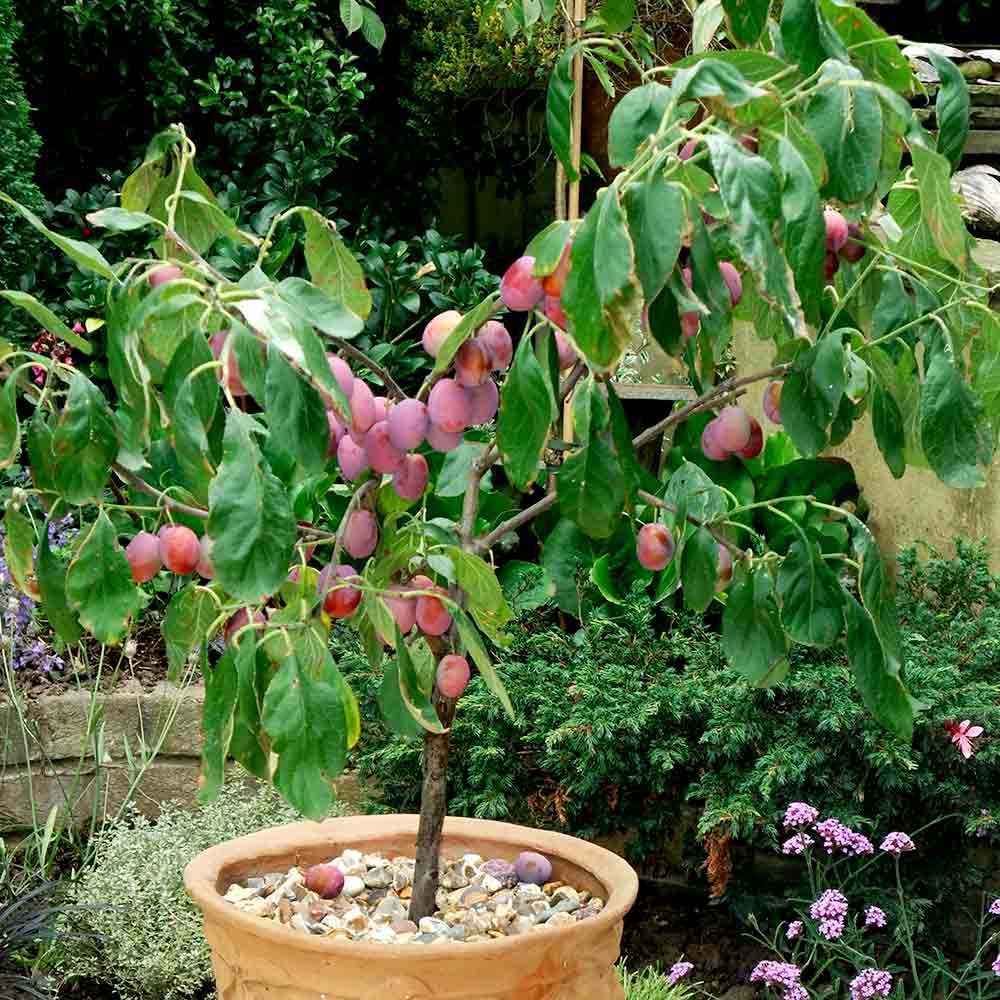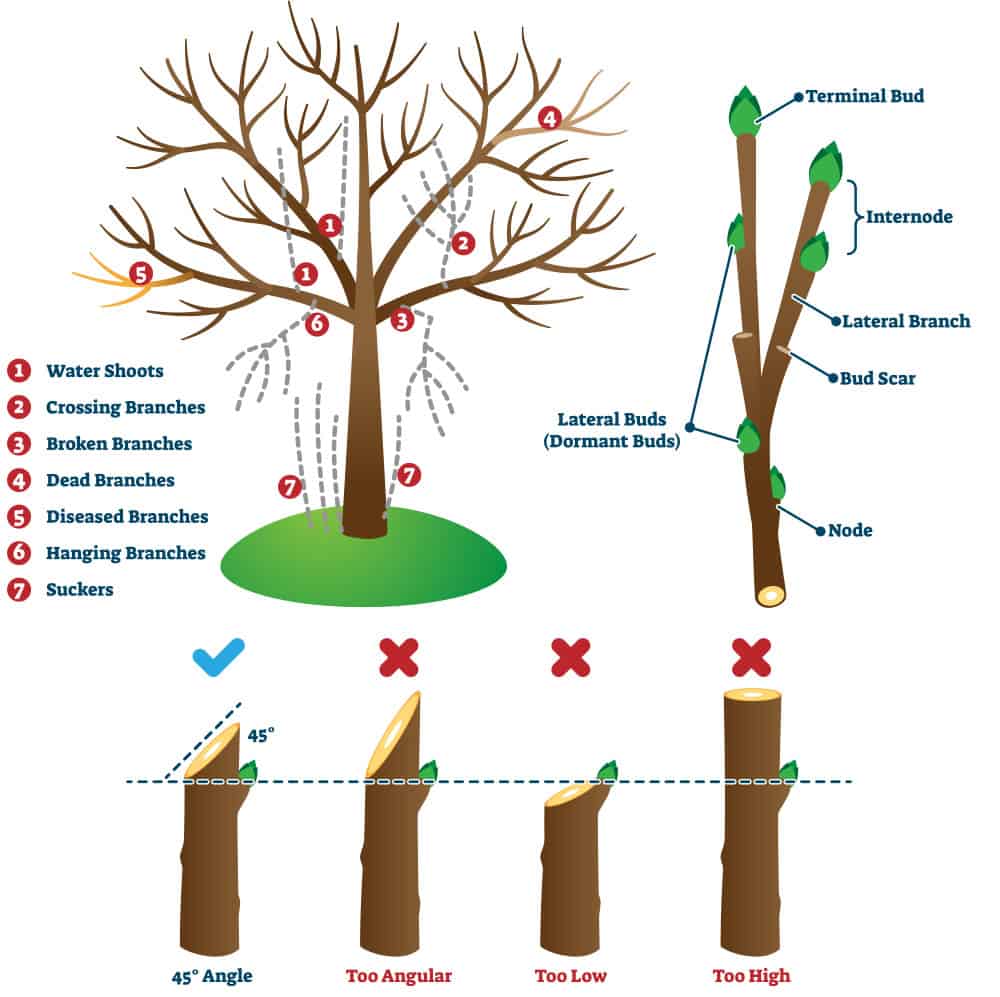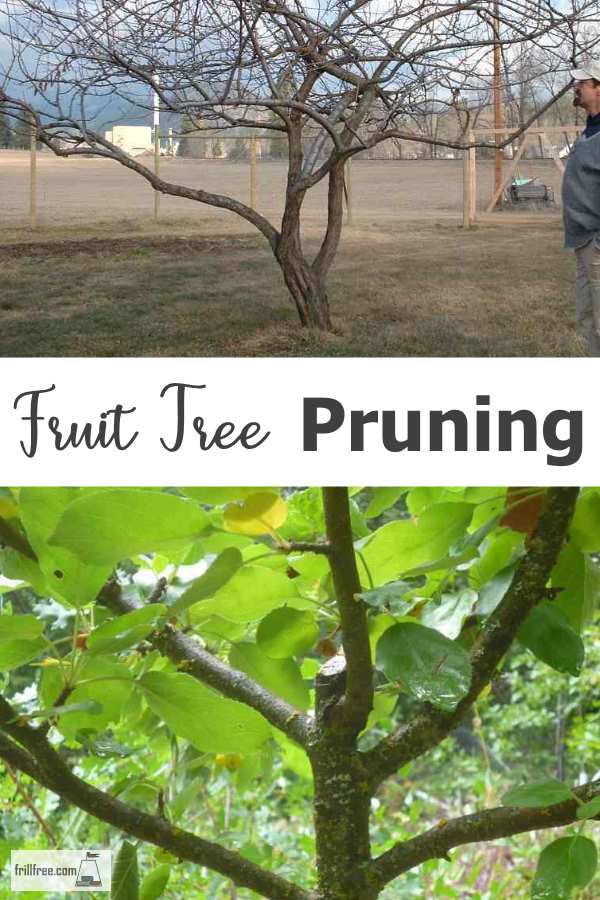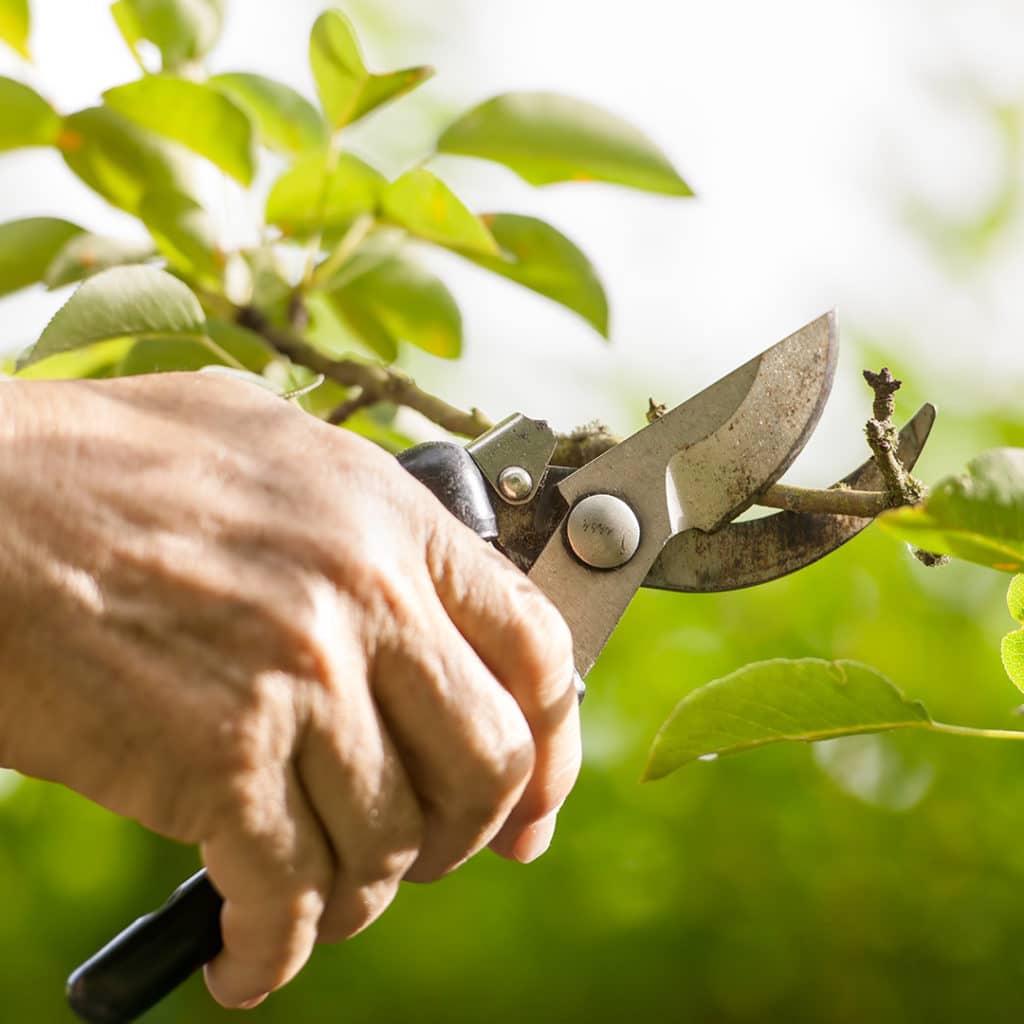The Benefits of Pruning Your Victoria Plum Tree
Pruning a Victoria plum tree is a crucial aspect of its care and maintenance. By incorporating regular pruning into your tree care routine, you can enjoy a multitude of benefits that will enhance the overall health, productivity, and aesthetic appeal of your tree. One of the primary advantages of pruning a Victoria plum tree is increased fruit production. By removing unnecessary branches and promoting a balanced canopy, the tree can focus its energy on producing more fruit. Additionally, pruning helps to improve tree health by removing dead, diseased, or damaged wood, which can prevent the spread of disease and pests. A well-pruned Victoria plum tree also boasts enhanced aesthetic appeal, making it a beautiful addition to any garden or landscape. Furthermore, pruning can help to reduce the risk of branch failure, which can be a significant concern for fruit trees. By investing time and effort into pruning a Victoria plum tree, you can enjoy a bountiful harvest and a thriving, healthy tree for years to come.
When to Prune: Timing is Everything
Pruning a Victoria plum tree is a delicate process that requires careful consideration of timing. Pruning at the wrong time can cause more harm than good, while pruning at the right time can have a significant impact on the tree’s health and productivity. The best time to prune a Victoria plum tree is during the dormant season, typically from late winter to early spring. During this period, the tree is not actively growing, and pruning will not cause undue stress. Pruning during the dormant season also allows the tree to heal quickly, reducing the risk of disease and pests. Avoid pruning during active growth periods, as this can cause the tree to become stressed and vulnerable to disease. Additionally, pruning during active growth can also reduce fruit production, as the tree’s energy is diverted from fruiting to regrowth. By pruning during the dormant season, you can ensure that your Victoria plum tree remains healthy, productive, and thriving.
How to Prune a Victoria Plum Tree: A Step-by-Step Guide
Pruning a Victoria plum tree requires careful planning and execution to achieve the desired results. To get started, gather the necessary tools, including a pair of sharp, clean pruning shears, loppers, and a pruning saw. Before pruning, inspect the tree to identify any dead, diseased, or damaged branches. Remove these branches first, making clean cuts at the base of the branch, just above a bud or a lateral branch. Next, identify the central leader, the main stem of the tree, and remove any competing branches. This will help to promote a strong, central leader and encourage fruiting. When pruning, always cut outside the branch collar, the raised area at the base of the branch, to prevent damaging the tree. Make cuts at a 45-degree angle, sloping away from the bud or lateral branch, to promote healthy growth. For larger branches, use a three-cut method: make a small notch on the underside of the branch, about one-third of the way through, then make a second cut on the top side, about one inch above the notch, and finally, remove the branch with a clean cut at the base. By following these steps and techniques, you can prune your Victoria plum tree with confidence and achieve a healthy, productive tree.
Identifying and Removing Dead, Diseased, or Damaged Wood
When pruning a Victoria plum tree, it’s essential to identify and remove any dead, diseased, or damaged wood. This process is crucial for maintaining the overall health and productivity of the tree. Dead, diseased, or damaged wood can harbor pests and diseases, which can spread to other parts of the tree, causing further damage. To identify problem areas, inspect the tree for signs of decay, cracks, or cankers. Look for branches that are broken, dying, or showing signs of disease, such as fungal growth or insect infestations. Remove these branches completely, making clean cuts at the base of the branch, just above a bud or a lateral branch. This will help to prevent the spread of disease and encourage healthy growth. Additionally, removing dead, diseased, or damaged wood will improve air circulation and sunlight penetration, promoting a balanced canopy and optimal fruit production. By regularly inspecting and removing problem areas, you can maintain a healthy and productive Victoria plum tree through proper pruning a Victoria plum tree techniques.
Shaping Your Victoria Plum Tree: Techniques for a Balanced Canopy
Shaping a Victoria plum tree is an essential aspect of pruning a Victoria plum tree, as it promotes a balanced canopy, improves air circulation, and enhances sunlight penetration. A well-shaped tree is more likely to produce a bountiful harvest, as fruiting branches receive adequate sunlight and air circulation. To shape a Victoria plum tree, start by identifying the central leader, the main stem of the tree. Remove any competing branches, and prune the tree to a central leader system. This will promote a strong, upright growth habit and encourage fruiting. Next, prune the tree to a vase-shaped canopy, with an open center and evenly spaced branches. This will allow for maximum air circulation and sunlight penetration, promoting healthy growth and fruit production. When pruning, make clean cuts, and remove any crossing or rubbing branches, as these can cause damage and reduce fruit production. By shaping a Victoria plum tree through proper pruning a Victoria plum tree techniques, you can create a balanced canopy, promote healthy growth, and encourage a bountiful harvest.
Common Pruning Mistakes to Avoid
When pruning a Victoria plum tree, it’s essential to avoid common mistakes that can harm the tree’s health and reduce fruit production. One of the most common mistakes is over-pruning, which can stress the tree and lead to disease or pest issues. On the other hand, under-pruning can result in a tree that is too dense, reducing air circulation and sunlight penetration. Another mistake to avoid is pruning during active growth periods, as this can cause the tree to become stressed and vulnerable to disease. Incorrect pruning techniques, such as cutting too close to the trunk or making uneven cuts, can also cause damage to the tree. Additionally, failing to remove dead, diseased, or damaged wood can spread disease and pests throughout the tree. To avoid these mistakes, it’s crucial to prune a Victoria plum tree during the dormant season, using proper pruning techniques and tools. By avoiding common pruning mistakes, you can ensure a healthy and productive Victoria plum tree through proper pruning a Victoria plum tree practices.
Pruning for Fruit Production: Tips for a Bountiful Harvest
Pruning a Victoria plum tree is crucial for optimal fruit production. To promote a bountiful harvest, it’s essential to prune the tree to encourage fruiting branches and encourage fruit growth. One of the most effective ways to do this is by pruning the tree to a central leader system, which promotes a strong, upright growth habit and encourages fruiting. Additionally, prune the tree to allow for maximum sunlight penetration and air circulation, as this will promote healthy fruit growth. When pruning for fruit production, focus on promoting fruiting branches by cutting back non-fruiting branches and removing any weak or spindly growth. This will direct the tree’s energy towards producing fruit, rather than vegetative growth. Furthermore, prune the tree to maintain a balanced canopy, as this will ensure that fruiting branches receive adequate sunlight and air circulation. By pruning a Victoria plum tree with fruit production in mind, you can enjoy a bountiful harvest of delicious, juicy plums.
Maintenance Pruning: Keeping Your Victoria Plum Tree Healthy
Regular maintenance pruning is essential for keeping a Victoria plum tree healthy and thriving. By pruning a Victoria plum tree on a regular basis, you can maintain tree health, prevent disease, and promote continued fruit production. Maintenance pruning involves removing any dead, diseased, or damaged wood, as well as shaping the tree to maintain a balanced canopy. This type of pruning helps to promote air circulation and sunlight penetration, which are essential for healthy fruit growth. Additionally, maintenance pruning helps to reduce the risk of disease and pests, as it removes any infected or damaged wood that could spread disease throughout the tree. To maintain a healthy Victoria plum tree, prune the tree annually, during the dormant season, to promote healthy growth and fruit production. By incorporating maintenance pruning into your Victoria plum tree care routine, you can enjoy a healthy and productive tree for years to come. Remember, pruning a Victoria plum tree is an ongoing process, and regular maintenance pruning is key to maintaining a healthy and thriving tree.




:max_bytes(150000):strip_icc()/how-to-prune-plum-trees-4782376-01-ddbe6e27fa6f422ebfd40c47dfde8799.jpg)




